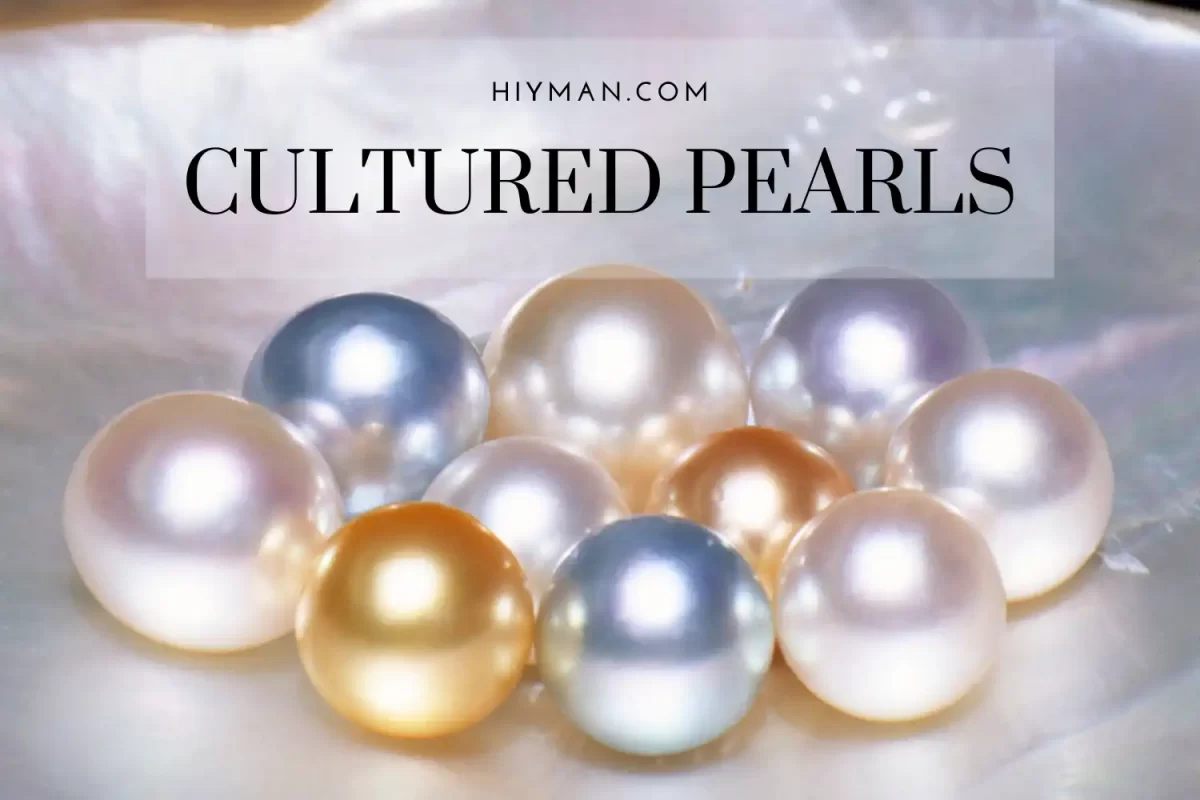Mens Pearl Jewelry
Do You Know Cultured Pearls?
Cultured pearls are tiny beads inserted into the shell of oysters by the grower. Allow it to form pearls in the sea or fresh water. The nacre forms around the irritant—the same as natural pearls. Most of our pearls for men are made from super high-quality cultured pearls.
Table of Contents
What are pearls? How are they made?
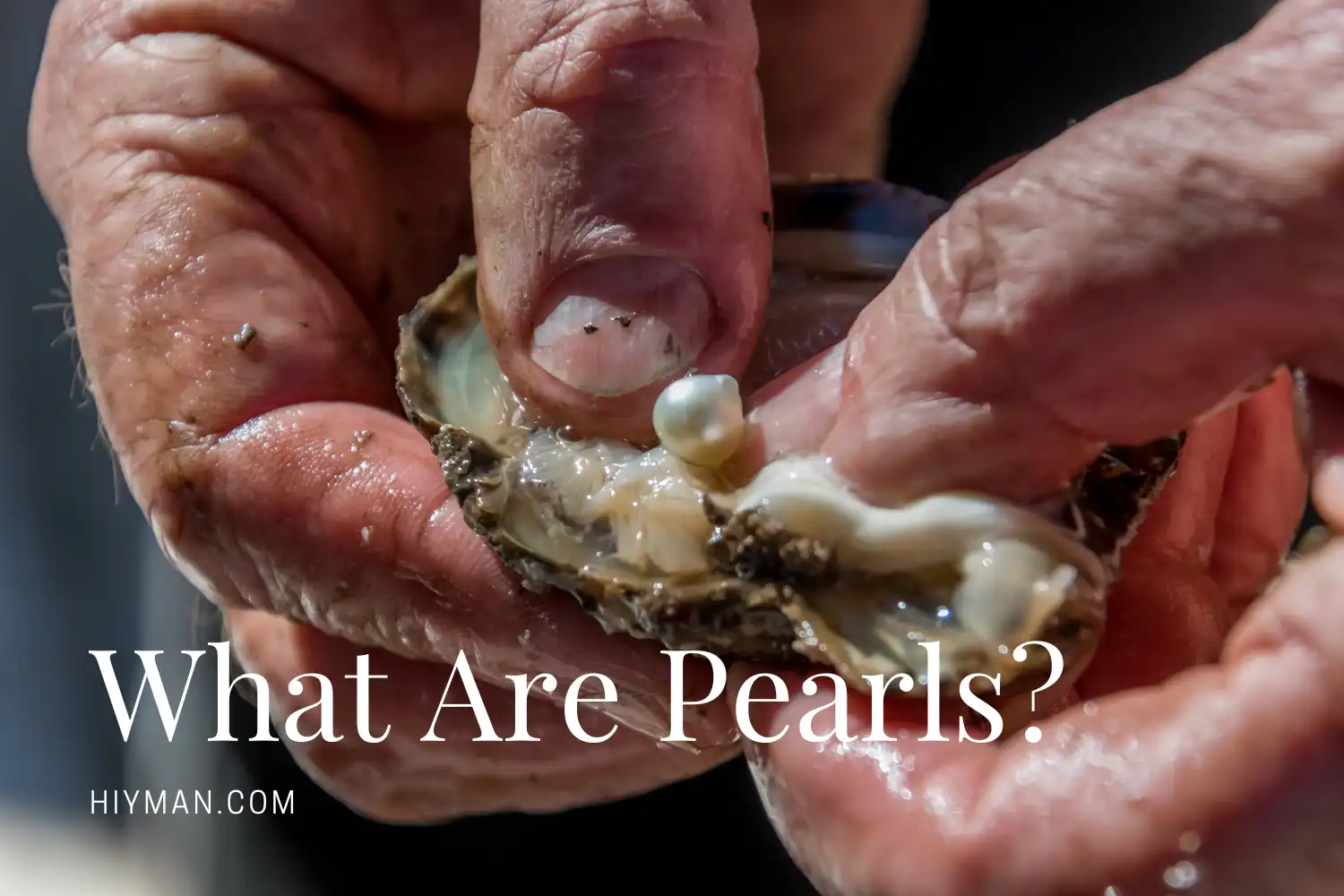
You can see pearls in many places, such as the runway, jewelry stores, and clothes. Under the illumination of the light, the pearls appear very sparkling. But these are generally cultured pearls. How do you know about cultured pearls?
Types of Cultured Pearls
Cultured Pearls in Tahiti
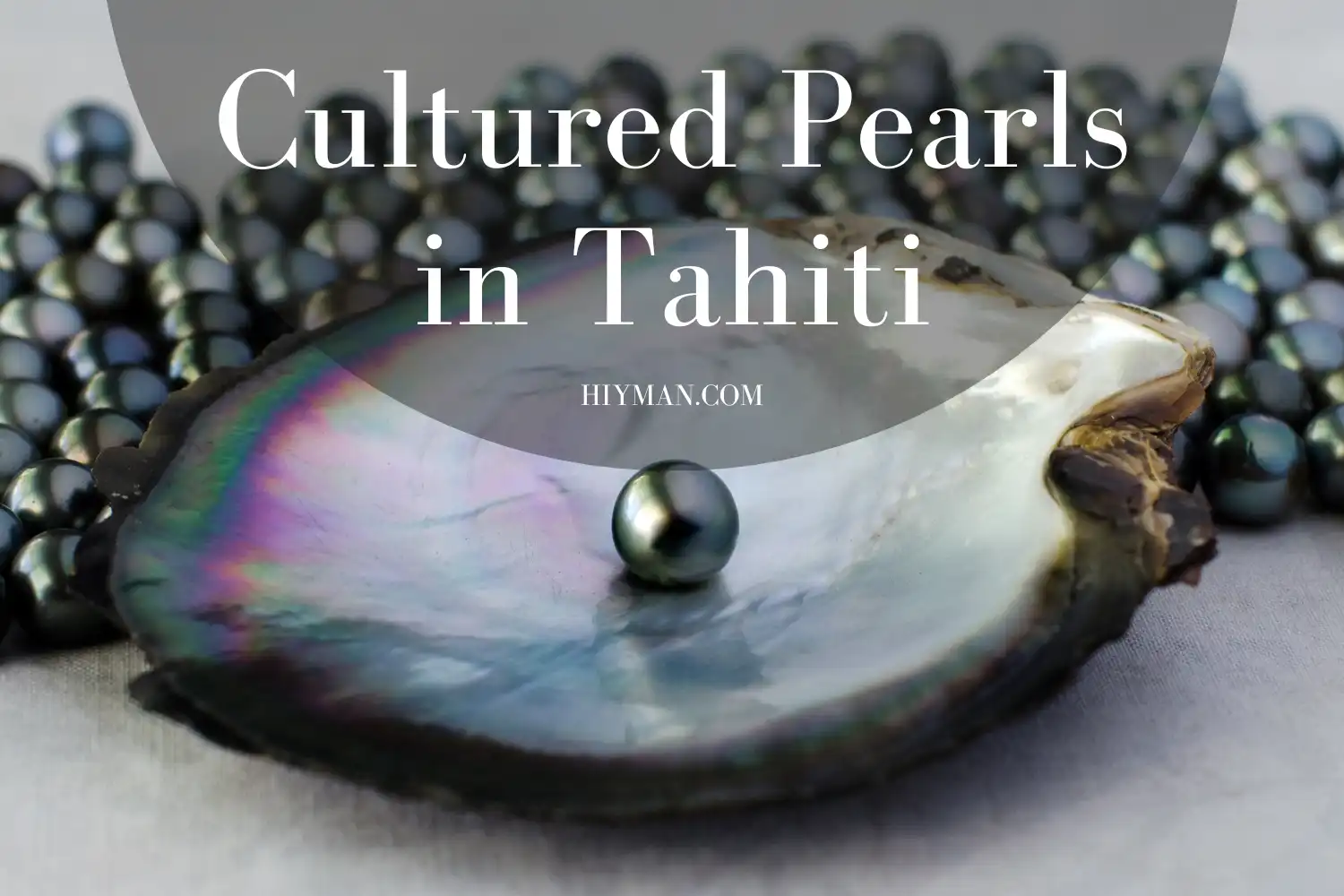
Tahitian cultured pearls are a rare product from the salt lakes of Polynesia in the South Pacific. It is also known as Queen’s Beads. It is hard to breed. Weather, water quality, and environmental factors make Tahitian pearls hard to grow. Only 50 of the 100 mussels farmed produce pearls, and only 5 of them are perfect.
Akoya Cultured Pearls from Japan
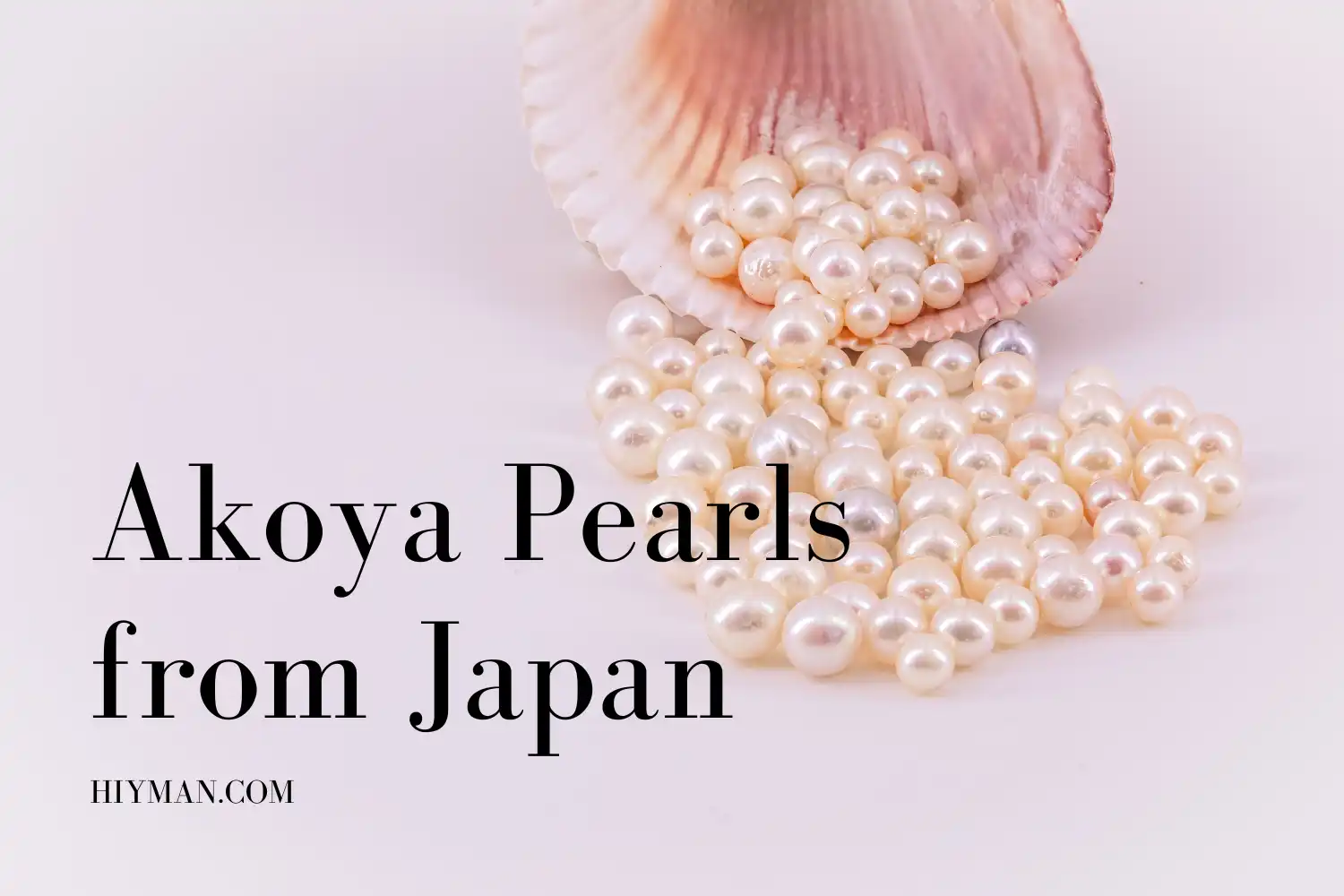
Akoya’s cultured pearls are mainly from Japan. Its mother is Marsh mollusks. This kind of pearl is relatively small but is particularly delicate, round, and even more dazzling. The water temperature in Japan is low, so pearls grow very slowly, so the resulting pearls have an icy light. Its diameter does not exceed 10 mm.
The South China Sea Cultured Pearls
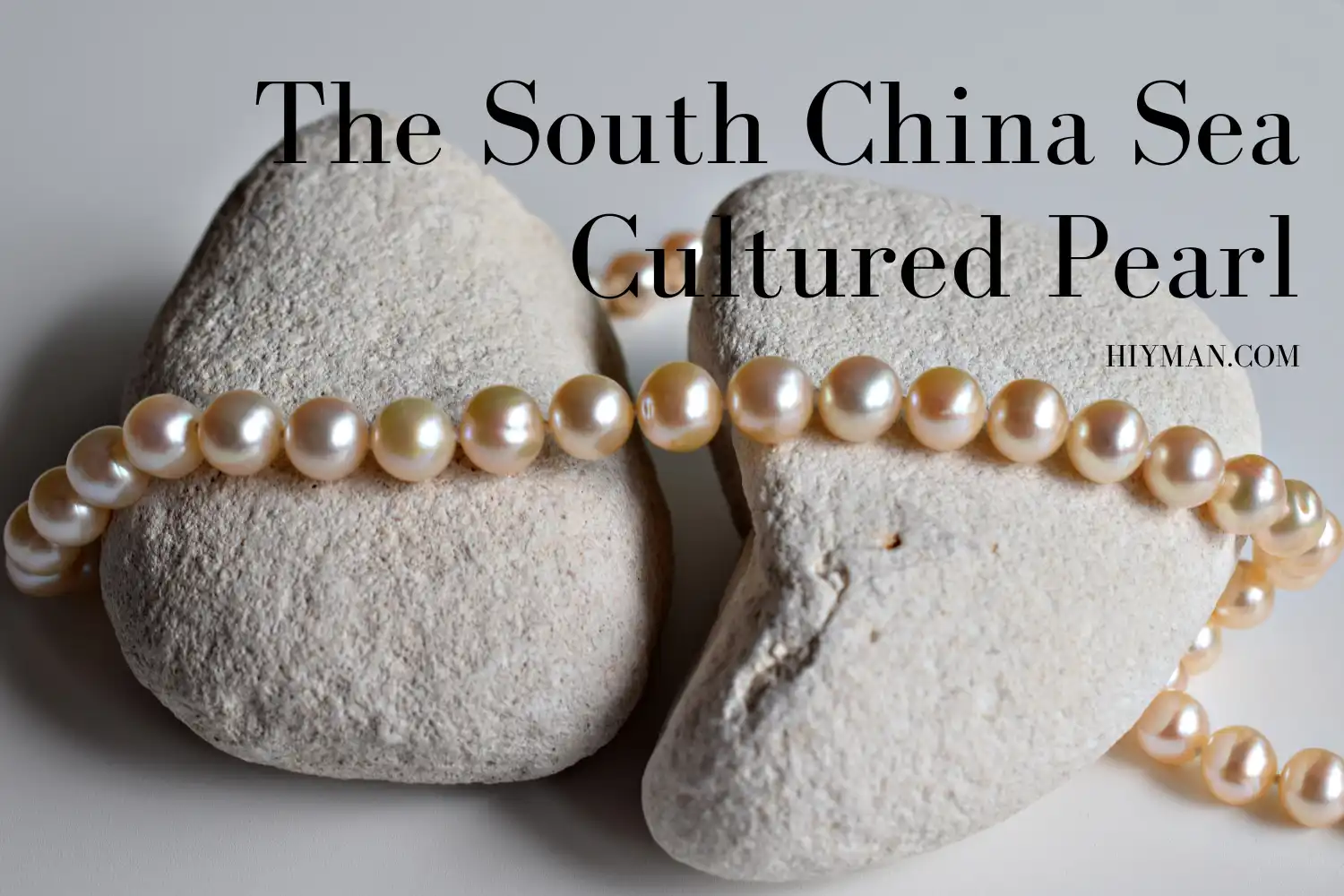
South Sea cultured pearls are among the rarest and most precious in the world. It mainly comes from the South China Sea and is popular because it is big and shiny. It’s discovered in Australia, the Philippines, Indonesia, and elsewhere. It prefers warm waters, and it is especially well-suited to captivity. It has an attractive shade of white, almost silver, with a touch of gold. If you give someone a piece of jewelry made of South Sea pearls, they will be very honored and moved.
Freshwater Cultured Pearls
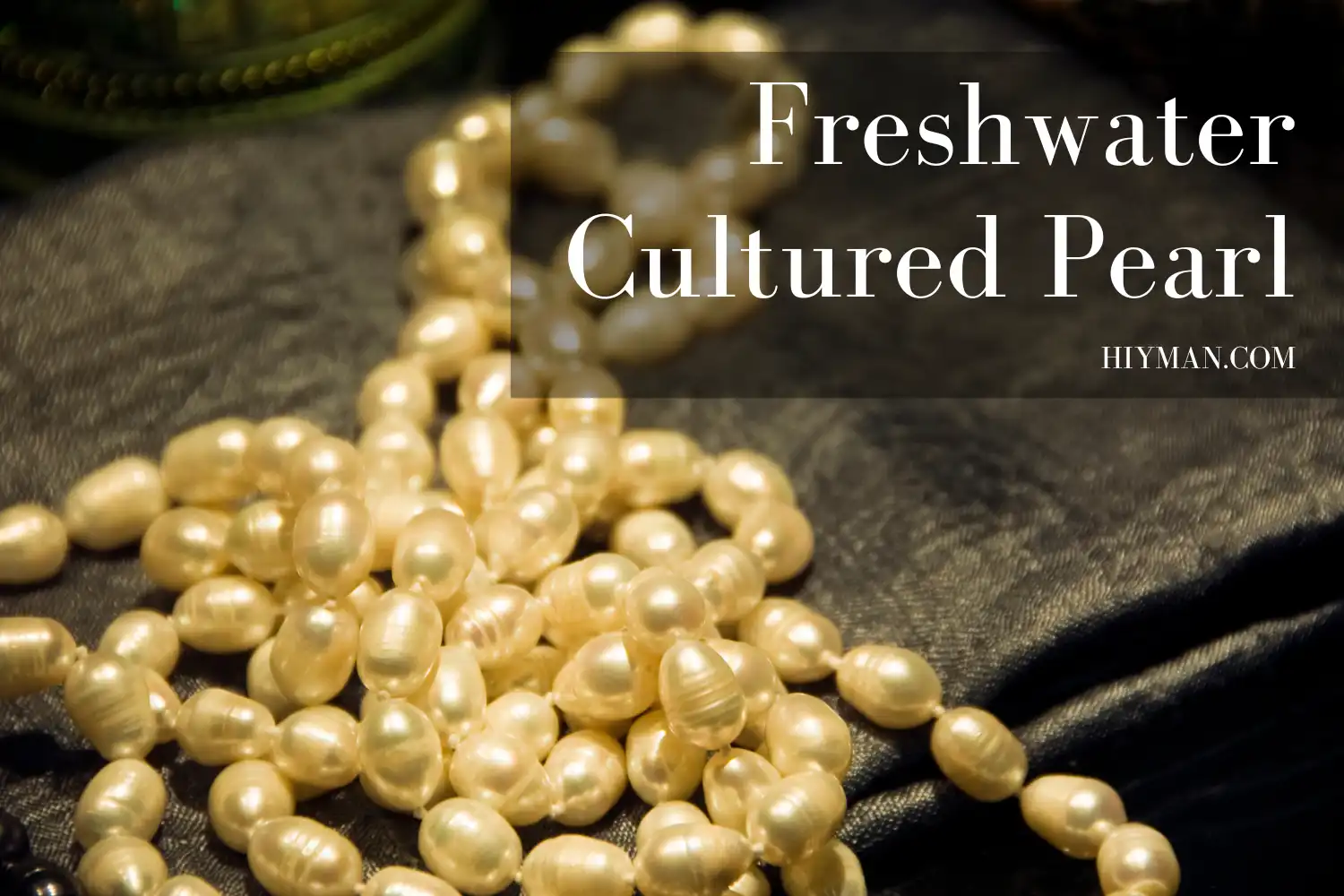
Freshwater pearls are easier to farm because they are seedless. Its yield is very high. Usually, each shellfish can produce 6-8 freshwater pearls, and its growth cycle takes 5 or even 8 years. It is grass-fed but not as shiny as mariculture pearls.
How to Evaluate Pearls?
In addition to white pearls, pearls are also available in various colors, including pink and dark green. And the more visible the color around the pearl, the more popular it is. Pink pearls are the most valuable, while gold pearls are so rare that they tend to be highly valued.
Pearls are popular for their intense luster. The stronger the luster, the higher the value.
The price of a pearl is closely related to its size. The bigger the pearl, the higher price because the bigger pearl, the rarer it is.
The finish of the pearl is also important. Most pearls are flawed, which tends to affect the overall aesthetics. Of course, some can be hidden by inlaying. Generally speaking, the cleaner the pearl, the more expensive. The finish of the pearl is also important. Most pearls are flawed, which tends to affect the overall aesthetics. Of course, some can be hidden by inlaying. Generally speaking, the cleaner the pearl, the more expensive.
